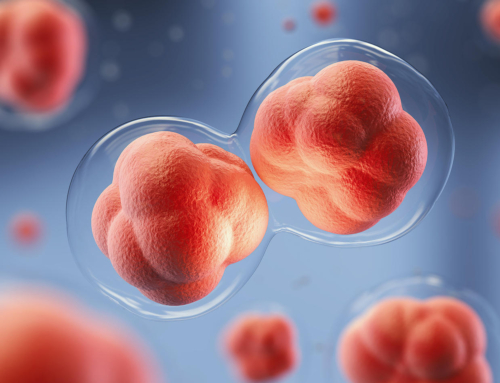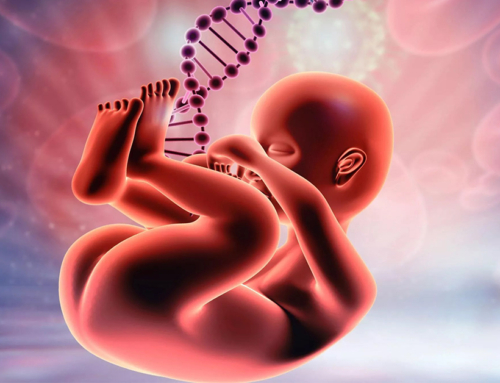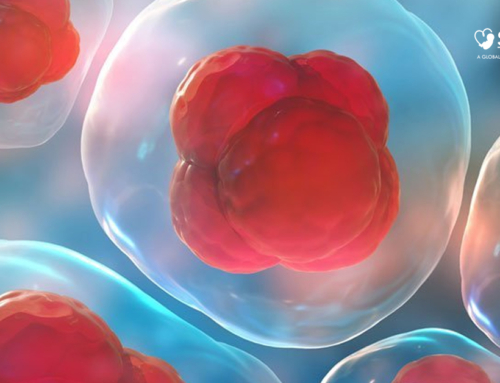A recent study from Nature Communications, (April 2019 edition) focused on the regulation of muscle stem cells. It explained how a molecular signaling pathway involving Stat3 and Fam3a proteins regulates muscle stem cells to decide whether to self-renew or differentiate. This significant insight could lead to muscle-boosting therapeutics for muscular dystrophies or age-related muscle decline.

Figure 1
Sarcopenia affects nearly 10 percent of adults over the age of 50 and nearly half of the individuals in their 80s. Muscle wasting occurs as part of the natural aging process, called sarcopenia, or due to genetic diseases such as muscular dystrophy. The condition leads to loss of independence and contributes to falls, a leading cause of accidental death in people age 65 or older. Muscular dystrophies are a group of more than 30 genetic diseases characterized by progressive muscle weakness and degeneration. A cure does not exist.

Figure 2
The above figure represents the diagrammatic representation of how stem cells from muscles are experiencing muscle stem cell differentiation through cell signalling pathway (stat3 induced) catalyzed by Fam3a and resulting in increased muscle growth, in order to cure muscular dystrophy.
“The ability to boost and maintain muscle tissue function can help more people live an active and independent life. The results of this research can also find applications for muscle wasting disorders such as muscular dystrophy.” The scientists are already conducting preclinical studies to validate Fam3a as a therapeutic target. They also hope their findings could apply to stem cells that differentiate to create other tissues, which could help treat other degenerative tissue diseases.





